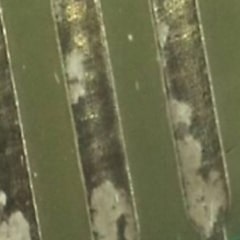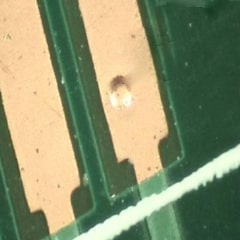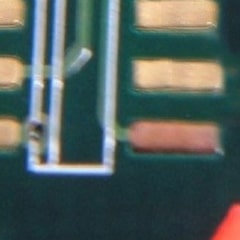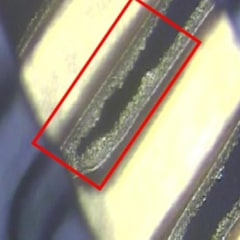 |
Problem Description: Wrong color of gold. Accepted standards: Not accepted |
 |
Problem Description: Failure to evenly cover Accepted standards: Not accepted |
 |
Problem Description: The outer layer had dents before gold plating due to human manipulation. Accepted standards: 1. No dents larger than 0.125 mm are allowed in important areas; 2. No dents larger than 0.25 mm are allowed in non-important areas. |
 |
Problem Description: 1. The gold surface is contaminated; 2. Insufficient maintenance; 3. The storage time exceeds the time specified in the document. Accepted standards: Not accepted |
 |
Problem Description: 1. The copper surface debris was not cleaned up during pre-treatment; 2. The nickel cylinder was not activated well. Accepted standards: Not accepted |
 |
Problem Description: 1. Abnormal gold sinking parameters; 2. High concentration and high temperature of the chemical solution; 3. High nickel-gold content; 4. Staying in the tank for too long. Accepted standards: It is acceptable within the range of ±20% of the original spacing, or not exceeding 0.05mm (the smaller of the two). |
Reliability isn’t decided by the shell —
— POE PCB/PCBA Manufacturer (@poe_pcba) December 12, 2025
it’s the PCBA inside, built to stay stable under vibration, heat, and long operating hours.
That’s the part users never see,
but engineers and buyers know it’s where reliability is decided. #PCBA #HardwareDesign #Electronics #EMS pic.twitter.com/db7gyUhmUn

Since 1996, POE has become a globally renowned PCB company, providing small to medium volume PCB/ PCBA manufacturing services.













